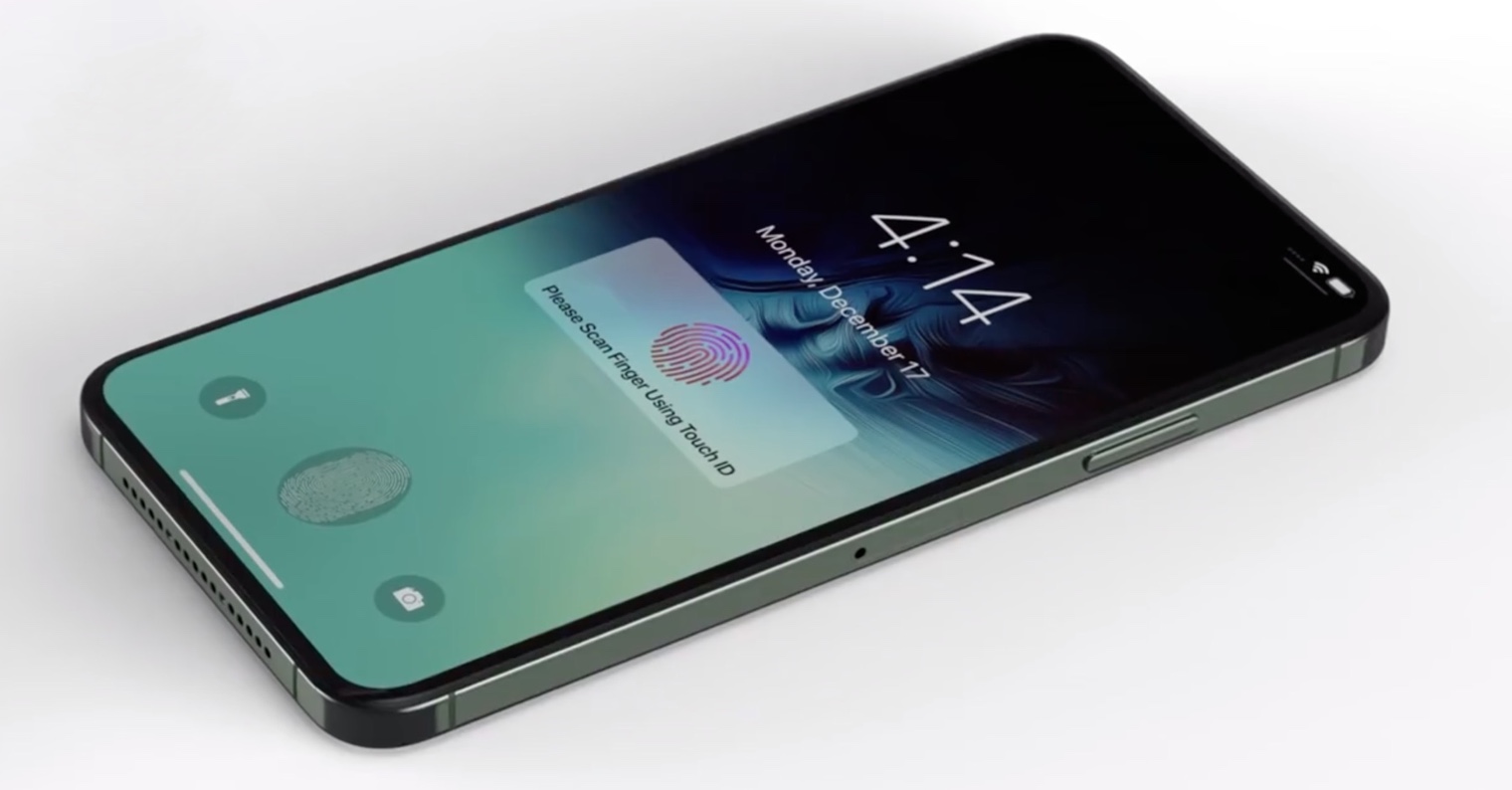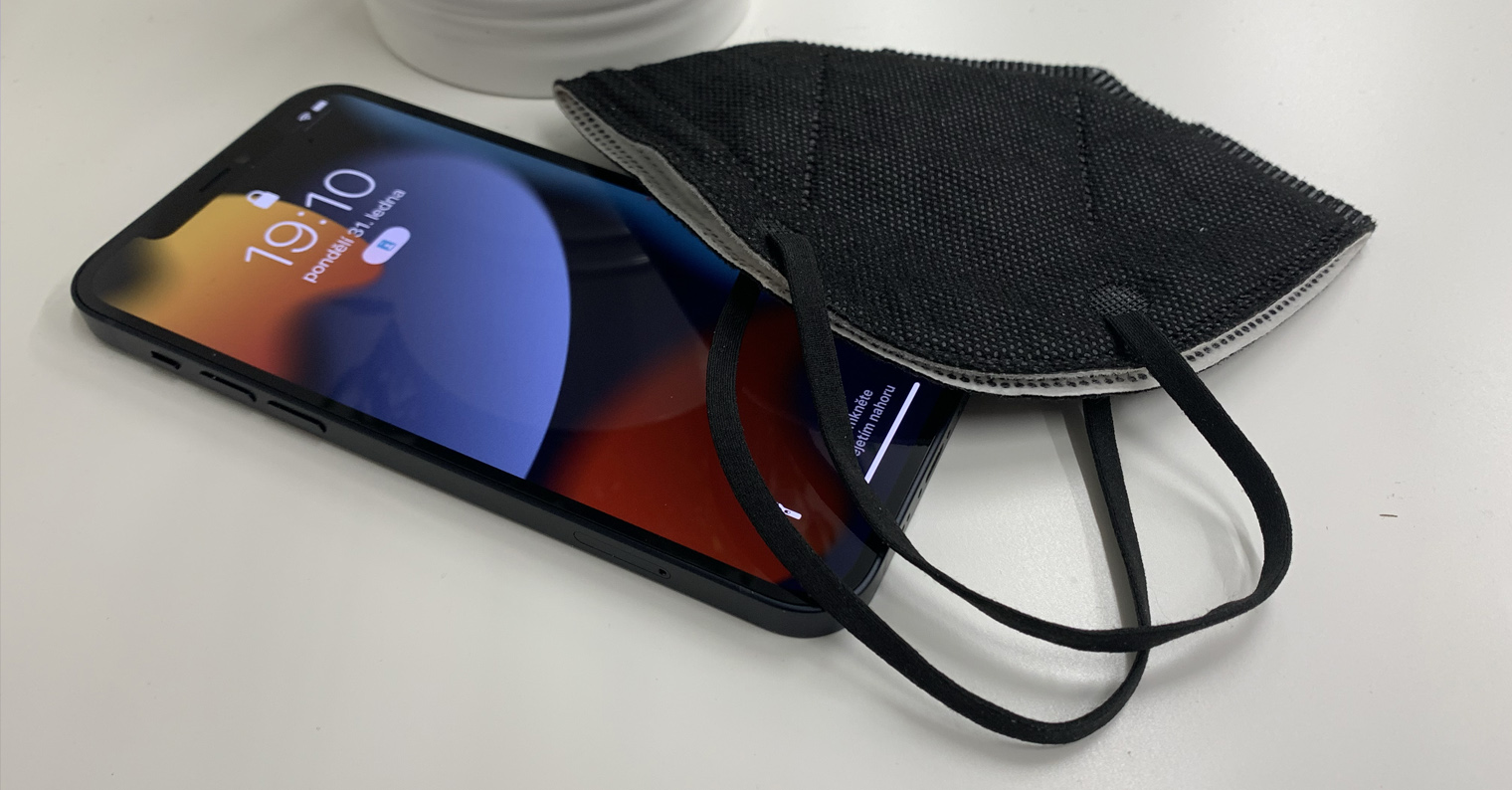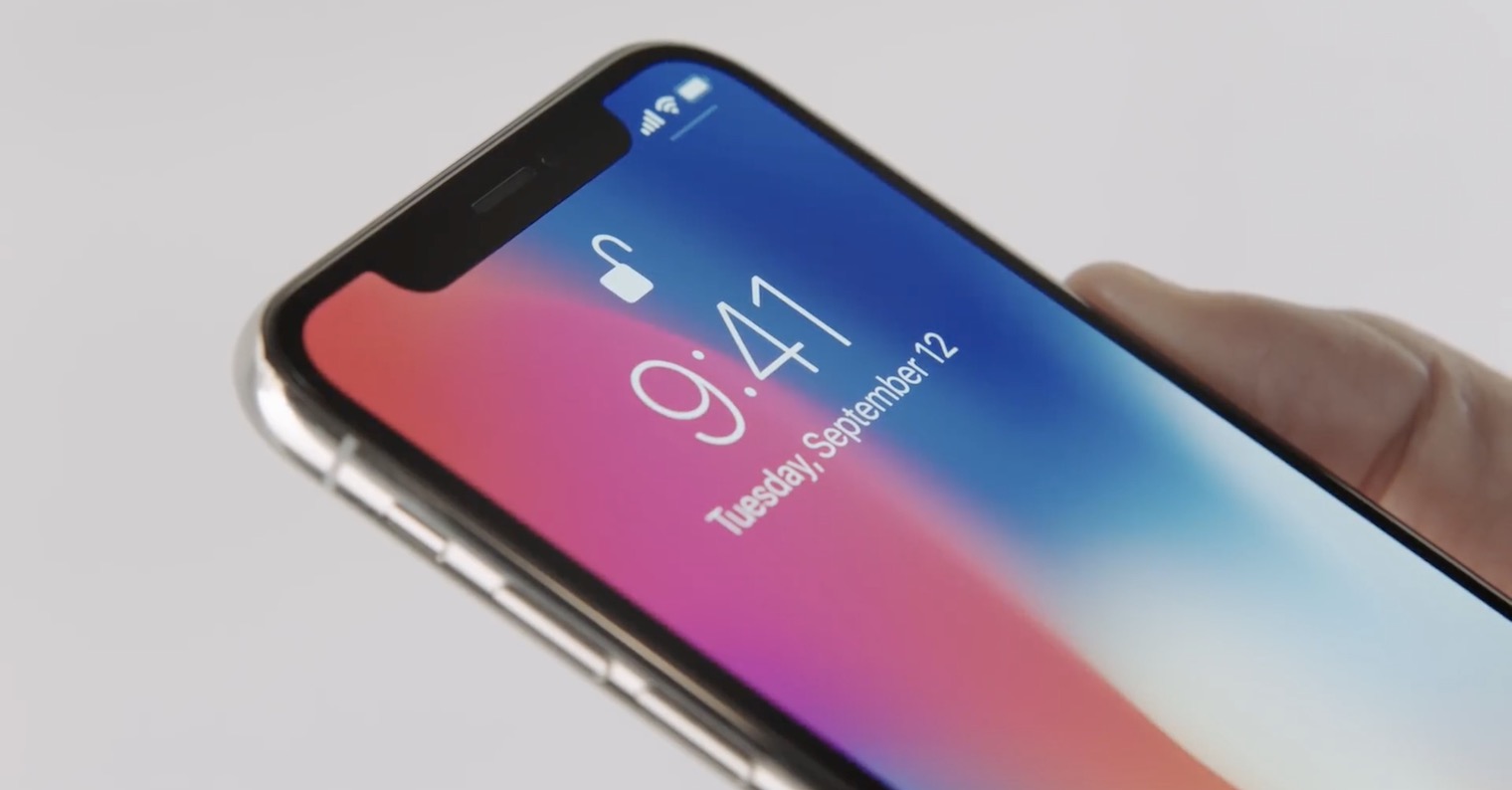When Apple introduced the revolutionary iPhone X in 2017, which was the first to get rid of the home button and offer a so-called edge-to-edge display, the new system for biometric authentication, Face ID, managed to attract the main attention. Instead of the very popular fingerprint reader, which worked reliably, quickly and intuitively, apple users had to learn to live with something new. Of course, any fundamental change is difficult to accept, and it is therefore not surprising that even today we come across a considerable percentage of users who would welcome the return of Touch ID with all ten. But we shouldn't count on that.
It could be interest you

The previously very popular Touch ID system was specifically replaced by Face ID, i.e. a method that uses a 3D scan of the owner's face for verification. This is an extremely sophisticated part of the device, where the front TrueDepth camera can project 30 infrared dots on the face, which are invisible to the human eye, and then create a mathematical model from this mask and compare it with the original data in the Secure Enclave chip. In addition, since these are infrared dots, the system works flawlessly even at night. To make matters worse, Face ID also uses machine learning to learn about changes in the shape of the apple tree, so that the phone does not recognize it.
Will we get Touch ID? Rather not
In Apple circles, practically since the release of the iPhone X, it has been discussed whether we will ever see the return of Touch ID. If you are interested in the happenings around the Californian company and follow all sorts of speculations and leaks, then you must have come across a number of posts "confirming" the mentioned return. The integration of the reader directly under the iPhone display is most often mentioned. However, nothing of the sort is still happening and the situation around is quieting down. On the other hand, it can also be said that the Touch ID system never actually disappeared. Phones with a classic fingerprint reader are still available, such as the iPhone SE (2020).
As we mentioned above, Apple is not very keen on the return of Touch ID and has indirectly confirmed several times that something similar will not actually happen with flagships. Many times we could hear a clear message - the Face ID system is significantly more secure than Touch ID. From a security point of view, such a change would represent a step backwards, something we don't see much in the technology world. At the same time, the Cupertino giant is constantly working on Face ID and bringing various innovations. Both in terms of speed and security.

Face ID with mask
At the same time, recently, with the arrival of the iOS 15.4 operating system, Apple came up with a fairly fundamental change in the area of Face ID. After almost two years of the global pandemic, apple growers finally got something they've been calling for practically since the first deployment of masks and respirators. The system can finally deal with situations where the user is wearing a face mask and can still sufficiently secure the device. If such a change came only after such a long time, we can conclude from this that the giant invested a considerable part of its resources and efforts in the development. And that is why it is rather unlikely that a company will go back to older technology and start moving it forward when it has a safe and comfortable system.
It could be interest you

 Adam Kos
Adam Kos 




 Flying around the world with Apple
Flying around the world with Apple
The new iPhone SE should have Touch ID again, if I'm not mistaken.
Yes, but in this case it is a recycled iPhone 6-8 with only a new chip and 5g.
Unfortunately, according to my own experience with the respirator, Face ID authentication is not always 100% and sometimes the phone unlocks, ...
And another disease will come tomorrow and wheelchair users will have to unlock their wheels?